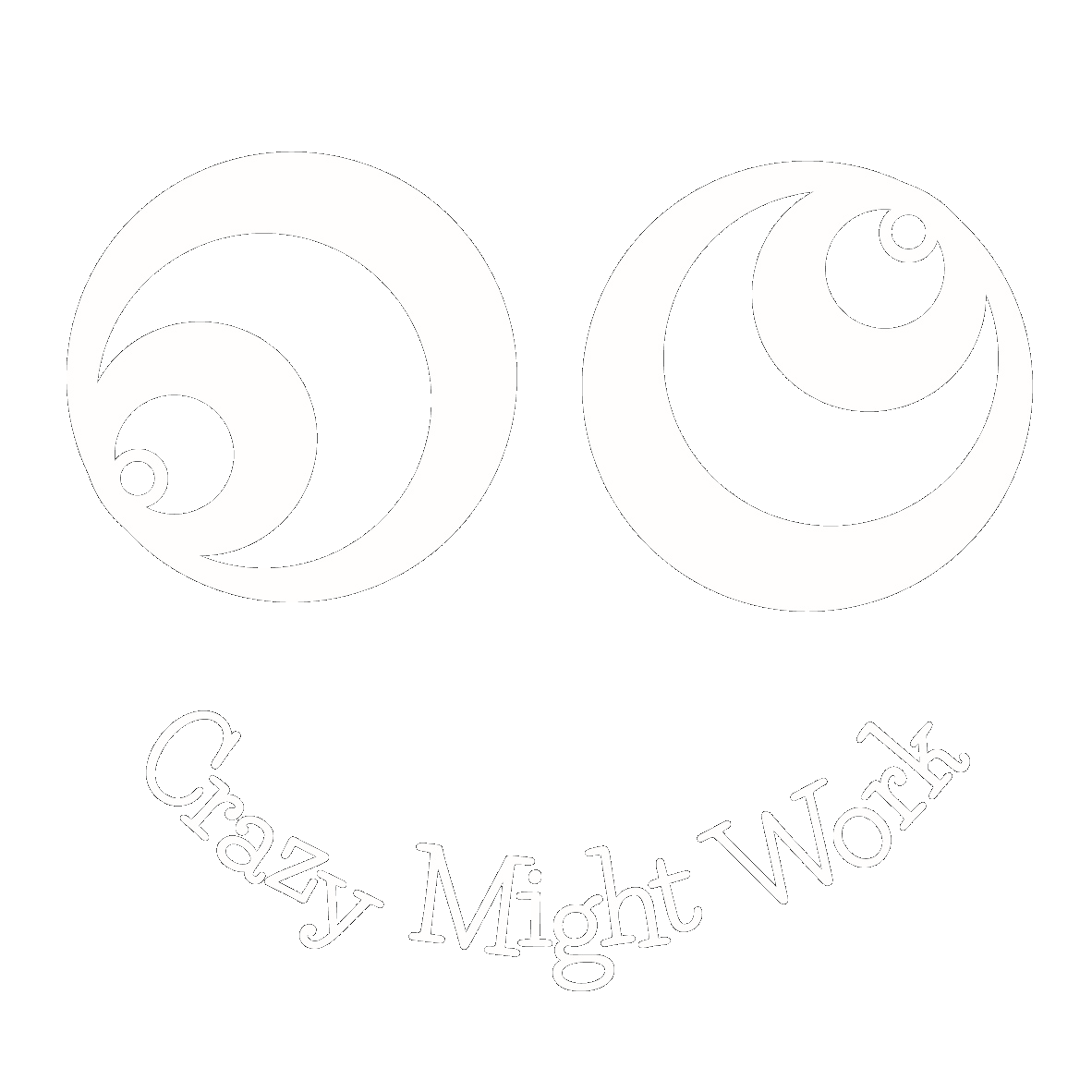Ryan Gonsalves, Head of Innovation & Change – AMP Bank
If an invisible bank is the bank of the future, AMP has already done it. As Ryan Gonsalves, Head of Innovation and Change at AMP Bank, points out very few people realise that AMP have a bank, despite it being 20 years old. Because bank customers engage earlier (well before retirement) and far more frequently AMP Bank represents 15% of AMP’s revenues, even though it has only 3% of AMP’s overall customers (about 100,000 people).
Reflecting on how to amplify this opportunity, Gonsalves highlights three principles:
First, refine your market by customer need.
This entails thinking about your customer’s broader needs, unconfined by the more traditional market boundaries. In this context, the need is not for a ‘bank’ per se, but for the process of banking – the ability to engage in financial transactions, move money and save for the future.
Keeping sight of banking as a verb, rather than a noun, AMP launched its Bett3r Account in 2017. Comprised of three sub accounts: Pay, Spend and Save, it uses AI to help customers stay on track and the account gets smarter at budgeting and managing the customer’s money the more the customer instructs it. Observing young people interacting with technology can also be informative. Drawing from interactions with his family, Ryan asks us to imagine a world in which we ask Facebook for a loan, or ask, as we’re cooking dinner, ‘Hey Google, how am I going with my savings?’
The second principle is to gauge the speed of innovation.
According to Bill Gates, action is important, “We always overestimate the change that will occur in the next two years and underestimate the change that will occur in the next ten. Don’t let yourself be lulled into inaction.”
The Gartner Hype Cycle – provides a useful view of how technology evolves over time, from ‘Trigger’, through the ‘Peak of Inflated Expectations’, ‘Trough of Disillusionment’, ‘Slope of Enlightenment’, and ‘Plateau of Productivity’. Ryan suggests overlaying this on the technology adoption life-cycle to get a clearer idea on whether the ‘latest craze’ is worth investing in right now, at some time in the future, or not at all. This assessment is not something to do in isolation and collaborative conversations with other market experts can be very informative.
It is also useful to be cognisant that we might already be too late to market. Replicating a product in a saturated market may not be worth doing. For example, AMP Bank elected not to offer a credit card. In the two years it would take to launch, credit cards may well become irrelevant, replaced by other FinTech innovations such as wearable devices.
Finally, take the time to know where you play (and to play!)
Understand your market and explore who has similar problems in other industries. What are the organisations’ strengths and how can this capability be built? Should capability be built internally, or through collaboration? This type of exciting yet complex challenge lends itself very well to a cross-industry collaboration!
Finally, how do you get your culture to align with customer needs? Most importantly, however, is the need to celebrate the people and the successes along the way. So remember to ‘have a party’, building a community and have fun, without this, ‘what’s the point’. An incredibly powerful way to connect and celebrate the tribe, maximise engagement and inspire culture, is to tap into the wisdom of the crowd through introducing Feisty Fish®…the wonderfully playful innovation crowd-sourcing platform!


